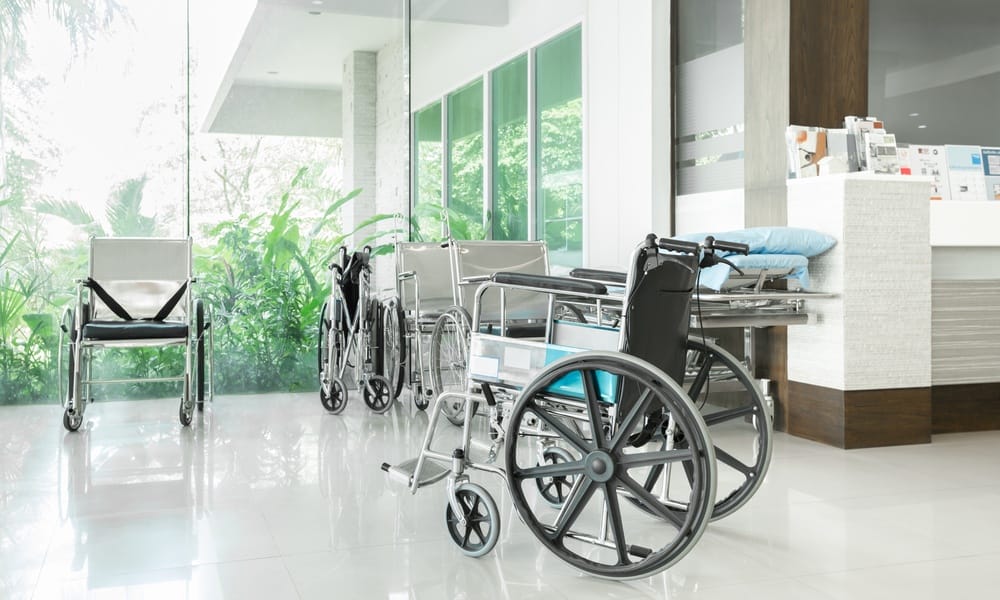Mobility equipment plays an essential role in supporting patients’ independence and quality of care, and its cleanliness should never be overlooked. For healthcare professionals, neglecting this responsibility can have severe consequences, including compromised patient health and costly equipment repairs. This blog will explore why cleaning and sanitizing mobility equipment must be top priorities in healthcare settings.
Reduces the Risk of Infection
Mobility equipment often comes into frequent contact with patients, caregivers, and various surfaces throughout healthcare facilities, making it highly susceptible to contamination. Regular cleaning and sanitizing reduce the buildup of pathogens, lowering the risk of cross-contamination between users and others who come into contact with it.
Minimizing exposure to bacteria and viruses on mobility aids is a crucial step toward safeguarding the health of patients with compromised immune systems. By committing to regular cleaning protocols, healthcare professionals can maintain a safer environment for everyone.
Ensures Compliance With Standards
Healthcare organizations are obligated to follow strict cleaning and sanitation guidelines established by regulatory bodies. Properly cleaning and sanitizing mobility equipment ensures compliance with these standards, protecting institutions from potential citations or legal ramifications during inspections. Adhering to industry standards also reinforces an organization’s commitment to providing quality care. This attention to detail is vital for upholding the trust and confidence of patients and other stakeholders in the healthcare environment.
Improves User Safety
Dirty or poorly maintained mobility equipment poses significant safety risks for users. Residual dirt and grime can cause mechanical parts to malfunction or become less efficient. Ensuring that every device is thoroughly cleaned minimizes these risks and supports the operational effectiveness of the equipment.
Maintaining a wheelchair by sanitizing its contact areas and inspecting its mechanical functions ensures that patients rely on a safe, fully operational device. This reduces the likelihood of accidents and enhances user confidence when using the equipment.
Extends Equipment Longevity
Sanitizing and cleaning play key roles in extending the lifespan of mobility aids. Regular cleaning prevents grime from building up and causing unnecessary damage.
Cleaning and disinfecting wheels, metal frames, and padding ensure that the equipment remains functional and durable. This reduces repair and replacement costs, allowing healthcare facilities to optimize their investment in high-quality tools and ensure continued access to functional devices for users in need.
Cleaning and sanitizing mobility equipment are vital aspects of delivering safe and effective care. By prioritizing infection control, safety, regulatory compliance, and equipment longevity, you can ensure a better standard of care. Make cleaning and sanitizing routine practices, and enhance the safety and performance of the mobility devices under your care.








